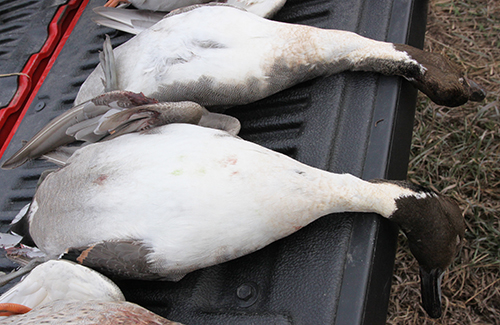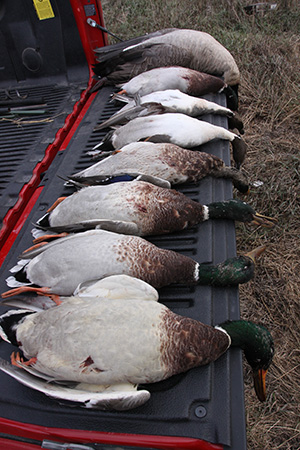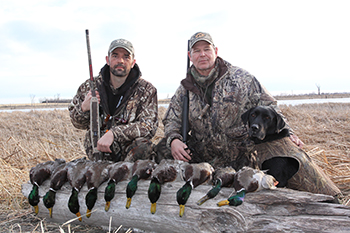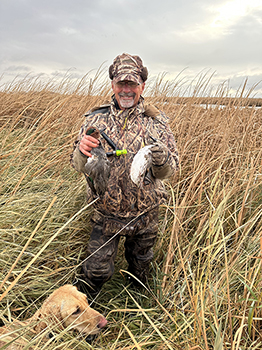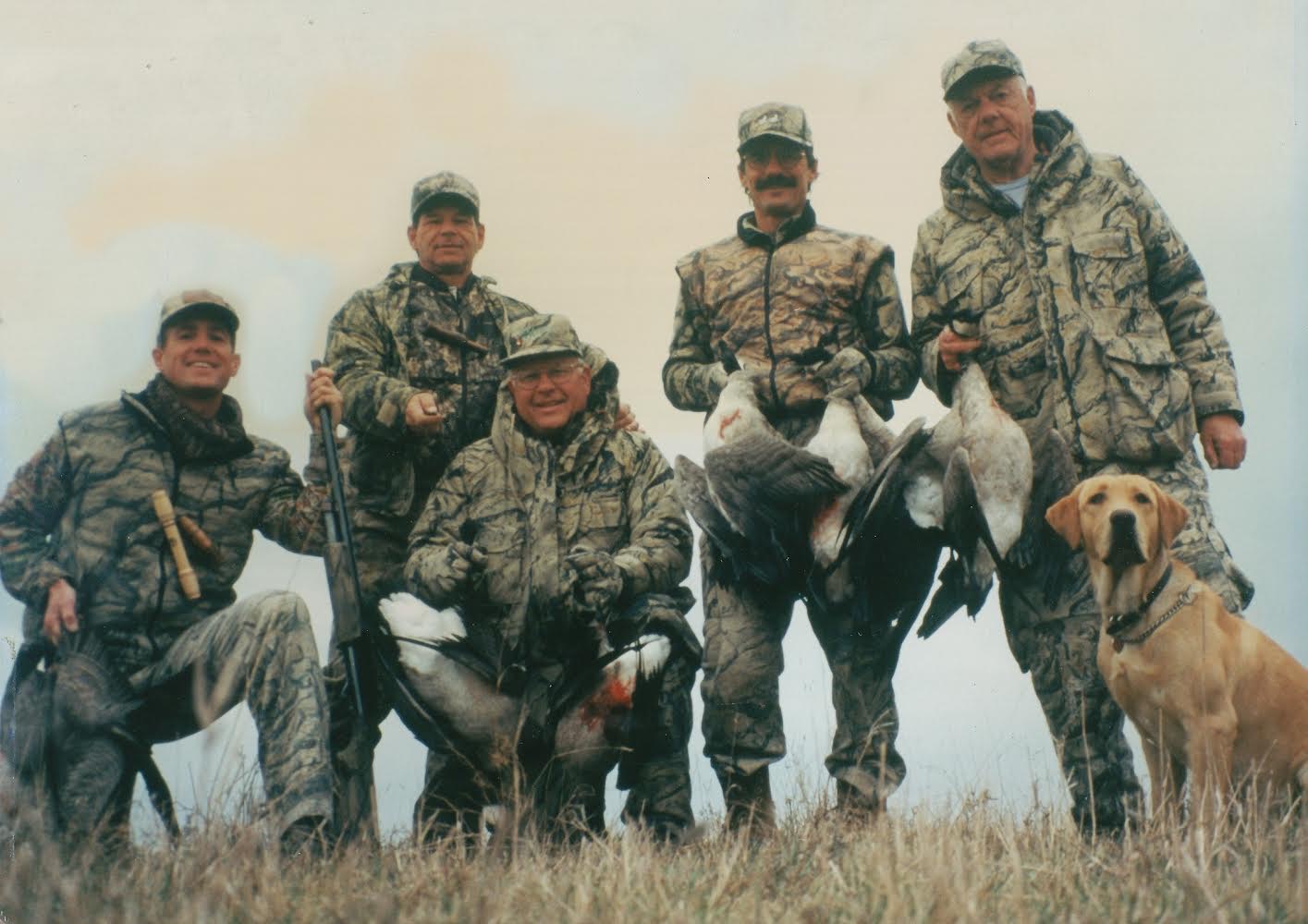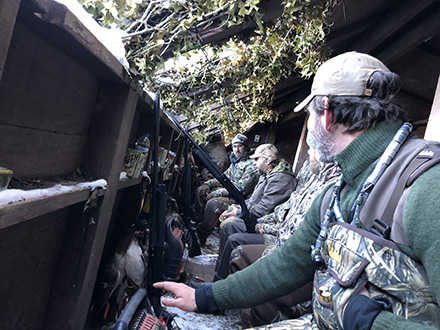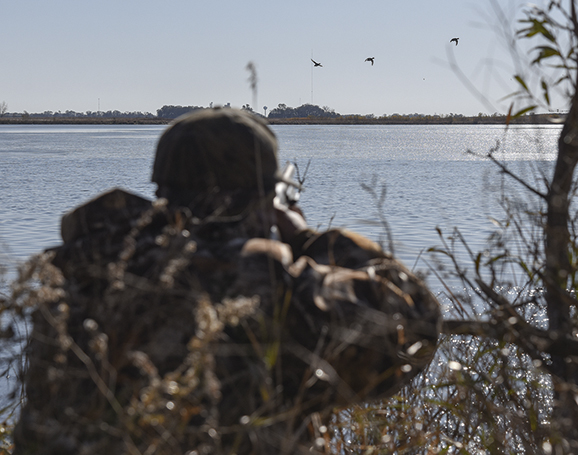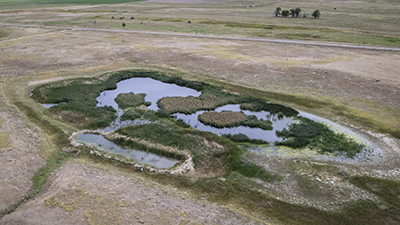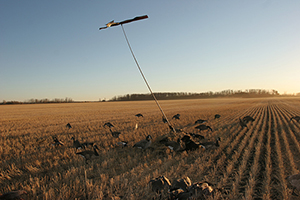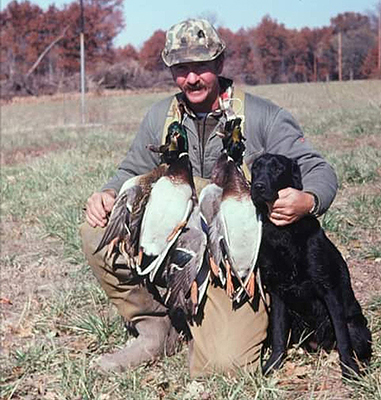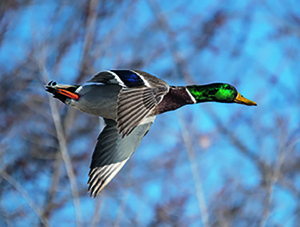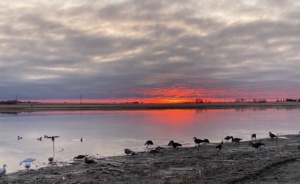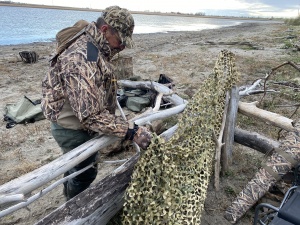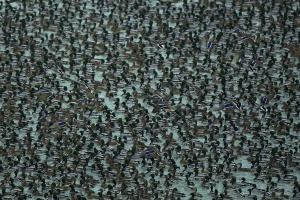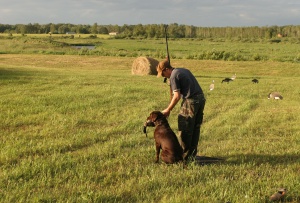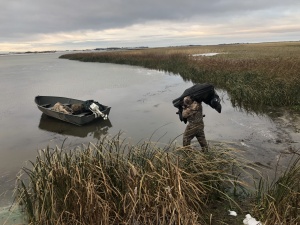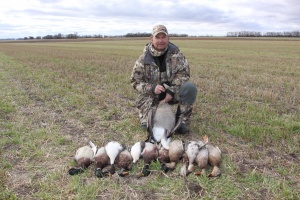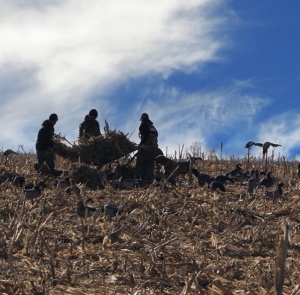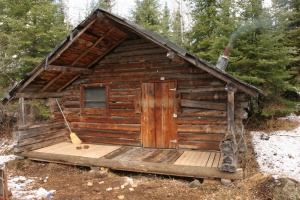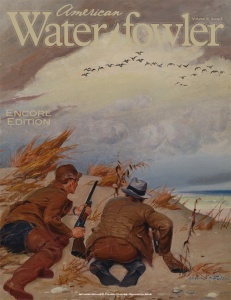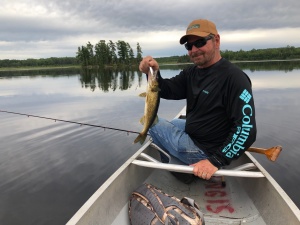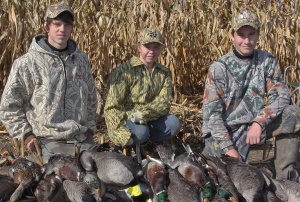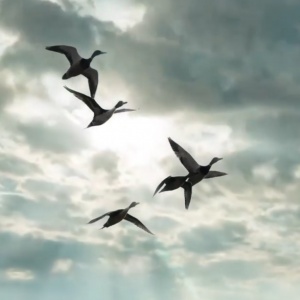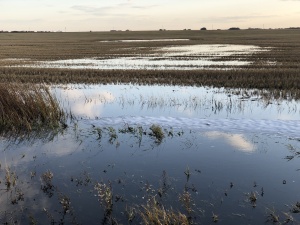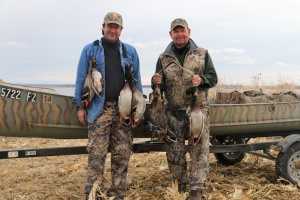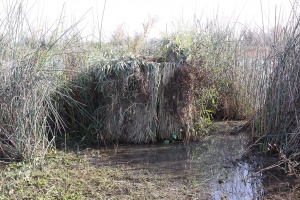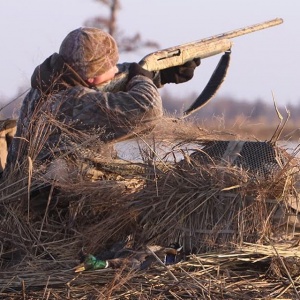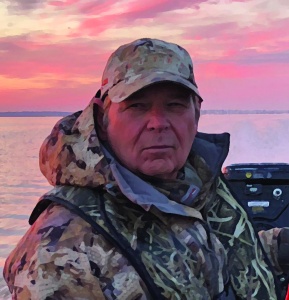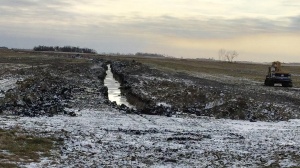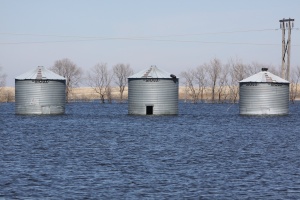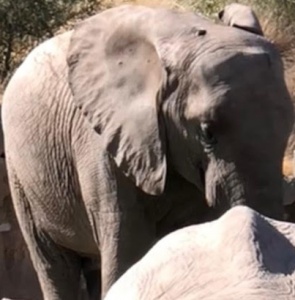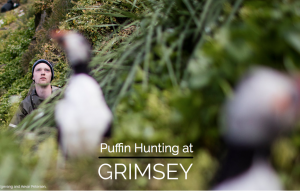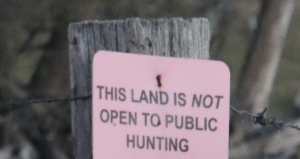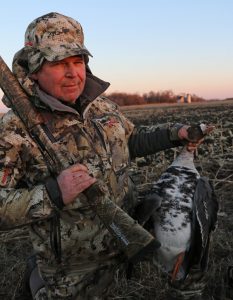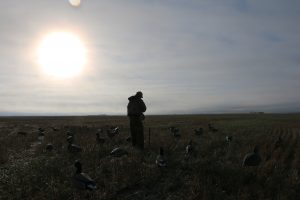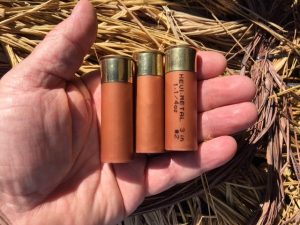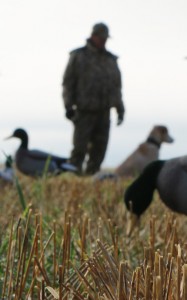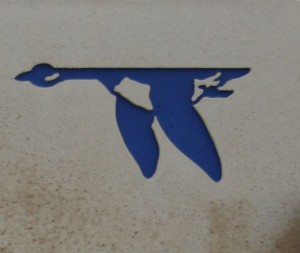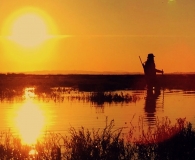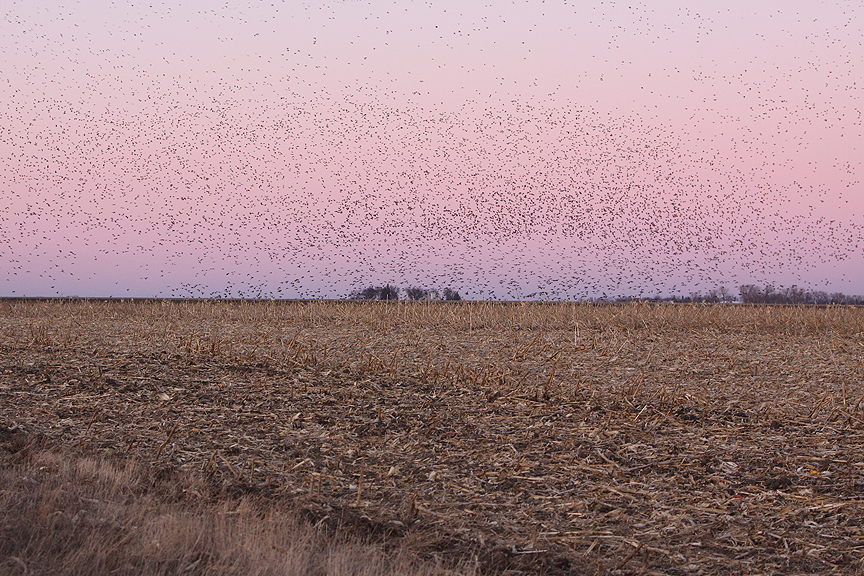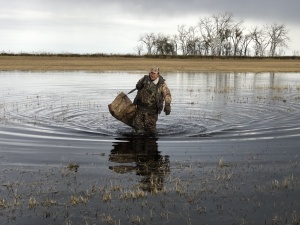 By Jay Michael Strangis
By Jay Michael Strangis
What kind of waterfowler are you? There’s no right or wrong answer. No judgment. Everybody’s different! And really, that’s the point. Every hunter has his or her own unique style, goal, expectations, reaction and tolerances when it comes to waterfowl hunting. Some of these traits change over time, with age and experience. Some are just part of the ingrained nature of individuals. How would you answer the following questions?
Are you a Sunday hunter, or an everyday grinder? Some hunt as often as possible; others meter out their season with one or more well-planned hunts.
Are you primarily about the process, or the result? Some guys enjoy all aspects of the hunt: the planning, the scouting, the decoy work and just being in the blind. All want to shoot a duck, but for some the “process” is an annoyance to be tolerated but not enjoyed.
Are you a fist-pumper, an end-zone dancer, a hoot and hollerer, or a set-the-ball-down-and-walk-off type? We know it depends on the situation, but some hunters lean more one way than the other on this.
Are you about quality or quantity? For some, a good morning is time enjoyed outdoors; for others, it’s limits or bust.
When it comes to facing dangerous hunting situations, are you a risk taker or a live-to-fight-another-day type? Some jump right in, regardless of conditions; others consider the consequences thoroughly and adjust accordingly. Put another way, on cold-water hunts, do you insist on wearing a lifejacket while under power?
Do you have a relationship with your decoys, or are they completely inanimate? Some guys have nicknames for specific decoys, some hand-carve their own, and others swap out the lot every two years.
Is waterfowl hunting a means to an end, a fleeting hobby, or is it the journey? Some people outgrow waterfowl hunting; some never do.
Are you tolerant or intolerant of large groups in the field? Some people won’t hunt with more than four gunners; others think nothing of 10-gun salutes.
Do you look at waterfowl as a resource, or a commodity? Some are givers, some are takers, some are both.
Is waterfowl hunting strictly social for you? In other words, if you could not find others to hunt with, would you hunt alone? Some have to have the social network; others just have to hunt, regardless.
Is the quality of your hunt influenced by your personal involvement? In other words, do you get as much from a successful guided hunt as you do from a successful do-it-yourself hunt? This goes back to the process, and is different for everyone.
Do you have any self-imposed rules? Some people do not shoot hens, some clubs levy fines for hens, and some groups give ducks that sneak into the decoys and sit down a free pass. Some hunters simply shoot what the law allows.
Remember, every possible answer to this survey is the CORRECT answer. We’d love to hear your thoughts on what kind of waterfowler you are, at Info@waterfowlermag.com.
As diverse as our approaches may be, there is one certainty—we are all bound by our love of the birds and the places they lead us.

